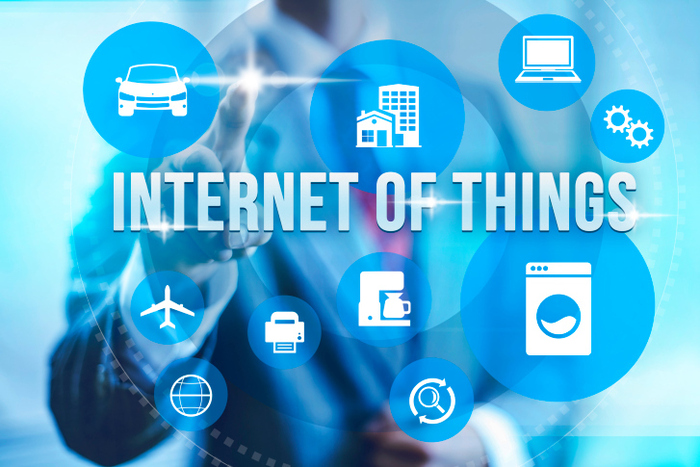IIoT (Industrial Internet of Things) is the buzzword in manufacturing these days promising to be a panacea to complex productivity issues of all kinds. Advanced technologies are making a world where machines communicate with one another to do the work humans is becoming more and more of a reality. Scary as such a vision might be, it holds a huge attraction for manufacturers who may no longer have to employ people to hover over machines all day long. The latest IIoT-driven systems will be “smart” enough to communicate with one another and make “decisions” without constant human intervention.
IIoT allows us to collect reliable and safe real-time data and transform it into very useful information for businesses. When companies maximize the knowledge they have about different processes, they can detect inefficiencies, bottlenecks or excessive resource consumption. Thanks to this information, businesses can make better business-driven decisions targeted at improving efficiency and productivity. Another significant benefit of IIoT is that the data analysis and much of the decision-making can take place with limited need for human intervention, thus reducing HR costs and allowing factories to run almost seamlessly, even when people are not present.
Processes that can be optimized by IoT
Here is an overview of just some of the processes that can be optimised by deploying IIoT.
Manufacturing
Collecting manufacturing-related data such as how long it takes machines to start up, how long they are in operation and how often production interruptions occur because of machinery fault allows companies to know and plan better. Factories can also measure the number and type of defects in production as well as energy consumption and waste in plants to plan for greater levels of environmental efficiency.
This type of data can all be fed into intelligent IIoT systems which are linked up to other machines which can implement corrective measures and predictive maintenance. With the right technology in place, much of this can happen without human intervention.
Example: a system might detect that the length of time it takes for a machine to warm up on a Monday morning, after the weekend, is resulting in lower outputs on Mondays than the rest of the week. The IIoT system can automatically kick off that machine at 5 am each Monday to allow to be properly warmed up in time for production to begin at 8am as it does all the other days of the week.
Inventory Management
Collecting data on the internal location of the products and the kilometers traveled by the operators, allows companies to intelligently design and plan their warehouses. Gathering data on temperature, humidity, or solar exposure, as well as energy consumption in the warehouse can be used to ensure efficient management of resources and prevent damage to products. Also, companies can plan orders and make accurate predictions based on stock levels and their analyses. All these things can be programmed to occur automatically with IIoT.
Example: If the machine records low stock of a certain raw material it can trigger an order to be made. If the system records a drop in temperature in a dairy products factory it can automatically trigger a boost in the cooling system or send an alert to maintenance. All without the need for human intervention.
Logistics management
Freight and transportation functions can also be optimized by obtaining data from delivery vehicles about their GPS location, cargo volume, downtime and delivery times. Add the data about internal location of products in the warehouse, kilometers traveled by operators and the number of orders, allow companies to create more efficient logistics management processes.
Example: collecting data about the number of orders of certain products could lead to factories placing the most ordered items in easily accessible areas of the warehouse. Collecting GPS data and relating it to traffic information can be used to reduce deliver items.
Manufacturers who are not yet not tapping into the enormous potential of IIoT are missing out on very significant performance boosters. IIot is only at the beginning and it remains to be seen where this innovation will lead, however a good start is to instigate a system to collect the kind of data that would eventually feed into an IIoT system. This will likely significantly reduce costs in the long term as well as the need for a constant human presence to supervise factory operations.


